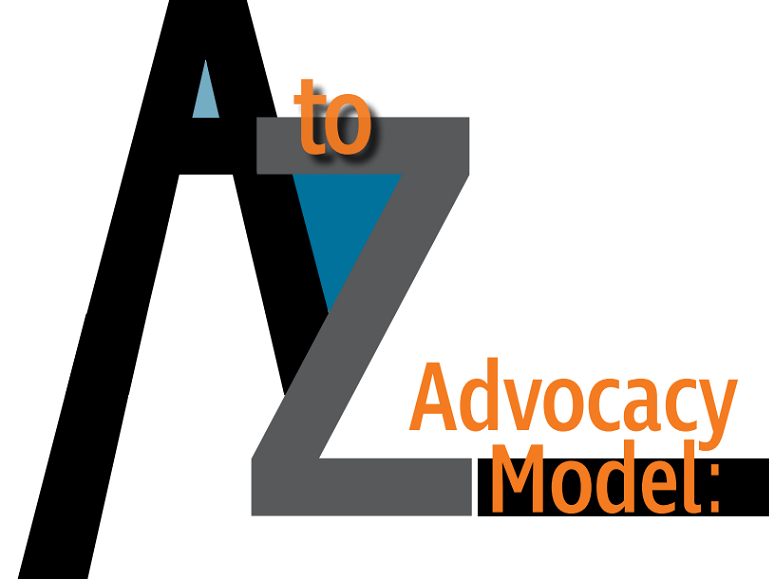
Introduction:
Culturally Specific Advocacy
Culturally-specific advocacy rests on a foundation of designing programs to serve ethnic- or identity-specific groups taking into account their identity, language, history, and contexts of historical marginalization and oppression; with advocates drawing on their knowledge of, and connection to, their community’s social, political, cultural, and gender issues.
Culturally-specific community-based-organizations address community-specific types and dynamics of gender-based violence, working to counteract various forms of stigma within communities and discrimination within systems, recognizing the importance of connection to community and the healing value of cultural and/or spiritual practices, collaborating with systems so they are not barriers but gateways to services, and identifying and addressing historical trauma.
Asian and Pacific Islander activists in the U.S. have built a strong tradition of organizing against domestic violence: starting with the first agency in 1978, and growing to over 160 agencies and programs by 2016. API advocates, many of whom were already involved in the national anti-domestic violence movement, questioned the lack of access for survivors from API communities and founded culturally-specific programs: adapting existing models, designing new ones, developing innovative practices and policies out of design and necessity, and incorporating cultural contexts. This program-building work is the result of many collective internal discussions and individual innovations that rely on an intimate knowledge of communities.
API-specific models and analysis of cultural contexts now impact advocacy, systems change, community engagement, and the safety and well-being of survivors and their children and families.
Three Domains of Culture
Culture is too hastily understood as ethnic culture, but in fact we all inhabit multiple cultures simultaneously and need to understand which ones we are operating in to be effective.
1. Culture of Domestic Violence and Gender Inequality
- The presence of domestic violence tells us about the presence of inequality in a relationship; the extent of the violence tells us about the extent of the inequality.
- All cultures have gender inequality; the degree of inequality differs, the space to push against the boundaries differs and the rigidity with which these structures are maintained differs.
- Equality does not imply everything is perfectly divided in half all the time. Rather, it is the space where both members of a couple can negotiate those divisions fairly, without fear.
2. Culture of Familial and Community Values and Norms
- Familial cultural values within relationships should be viewed as being on a continuum where they keep shifting rather than being absolute, fixed positions. E.g., expectations of children’s obedience will vary between parents, at different times, in different places (such as when visiting grandparents).
- How family norms operate differs in relationships and changes within relationships.
- Cultural norms in communities are dynamic, changing; not confined to one culture but present in all, with different forms of expression and adaptation. E.g., in European culture, arranged marriages are now only sporadically practiced between upper classes to keep or consolidate family wealth or virtue; amongst South Asians, they are practiced traditionally (parents arranging a match) and in modernized form (a global dating service).
- This is not to minimize how harmful traditional cultural norms can be but to be reminded about who defines, changes and subverts them.
3. Culture of Systems
- Systems have their own culture – victims/survivors have to function within the culture of shelters, of the courts, of the criminal and civil legal system, immigration system, child welfare system, etc.
- The culture of systems can be so prescriptive as to not meet people’s needs. E.g., in a shelter, excessive rules can make refuge and rest impossible.
- Systems’ policies and procedures often put the onus on victims instead of providing resources or justice. E.g., in the child welfare system, a worker’s difficulty in addressing paternal violence can result in punitive maternal compliance plans.

